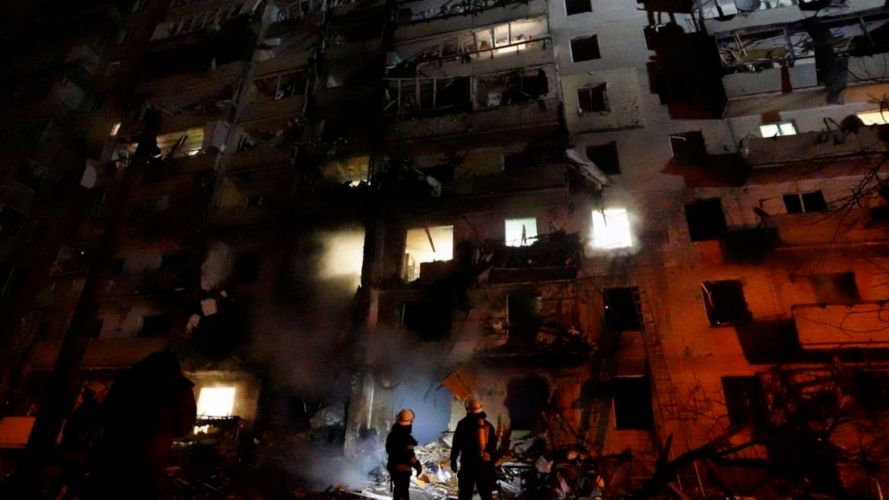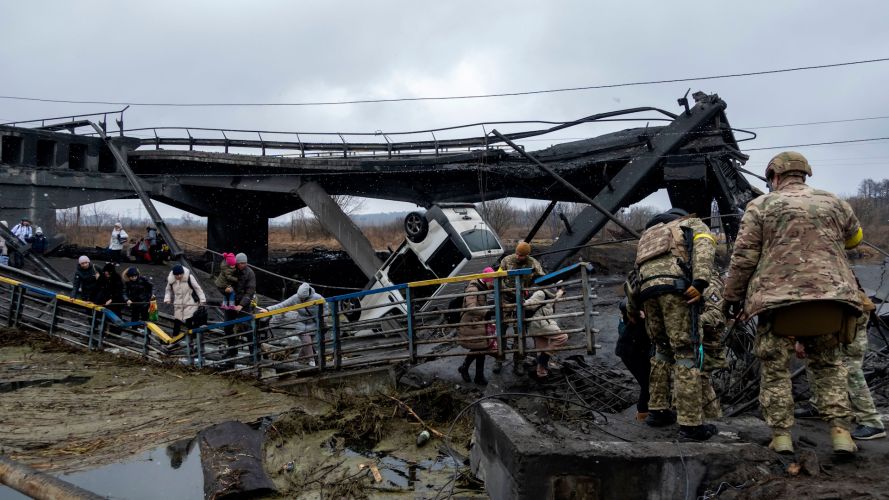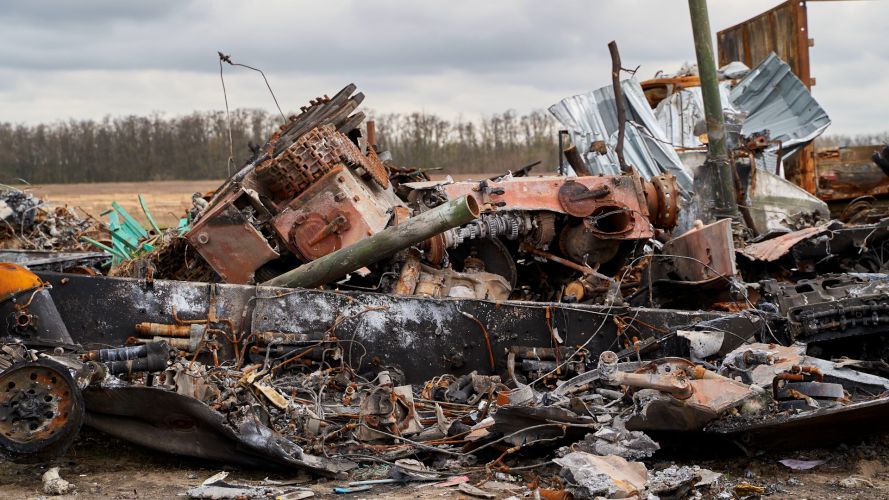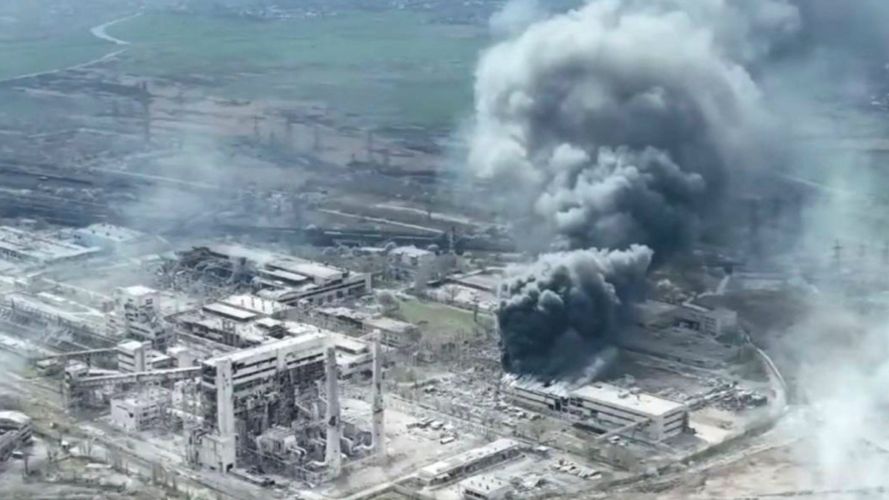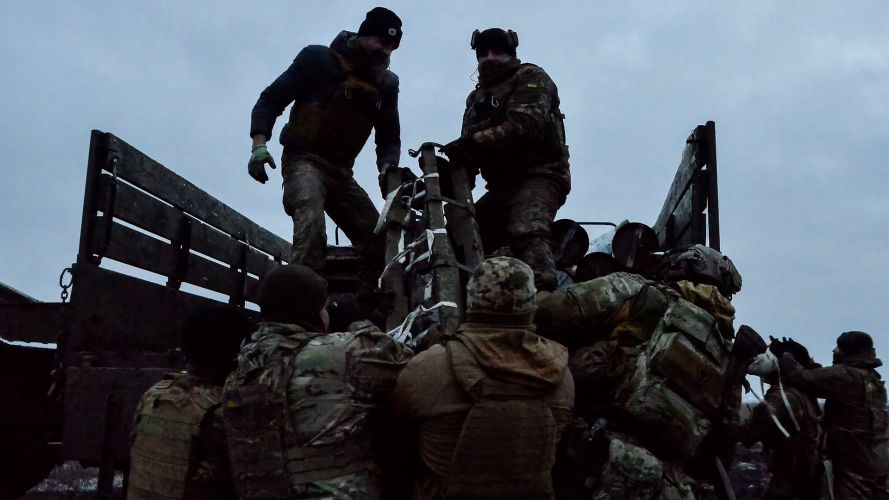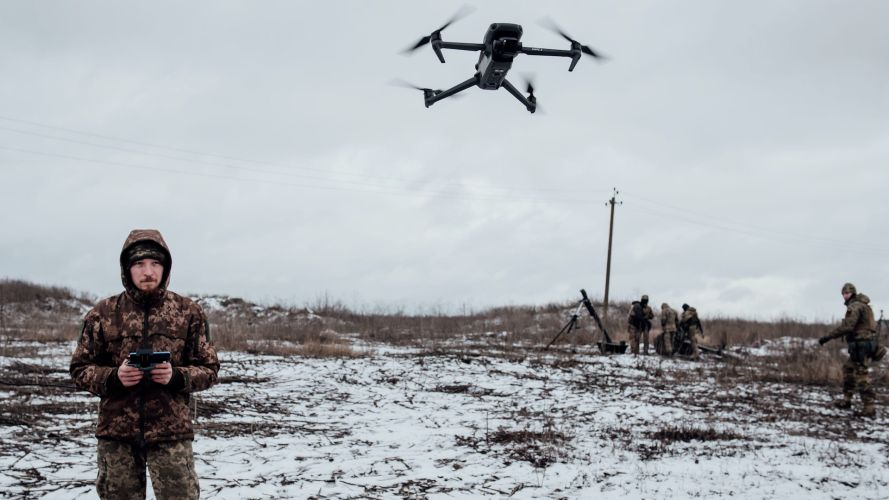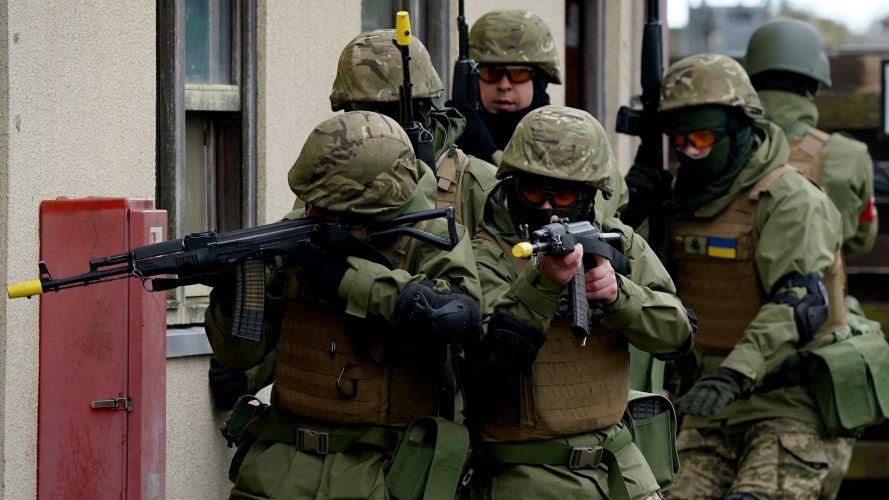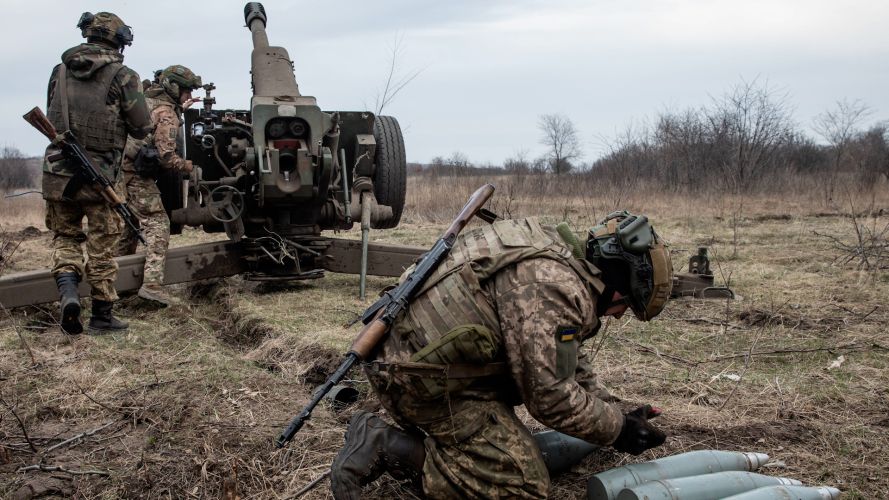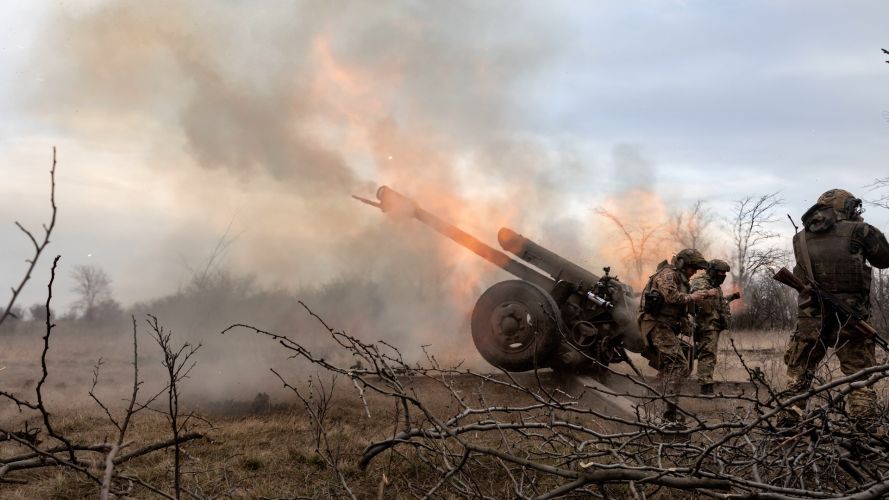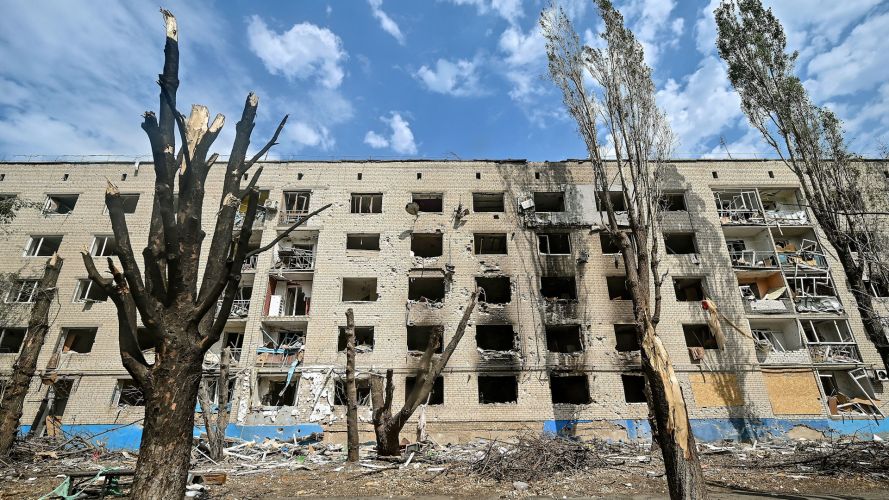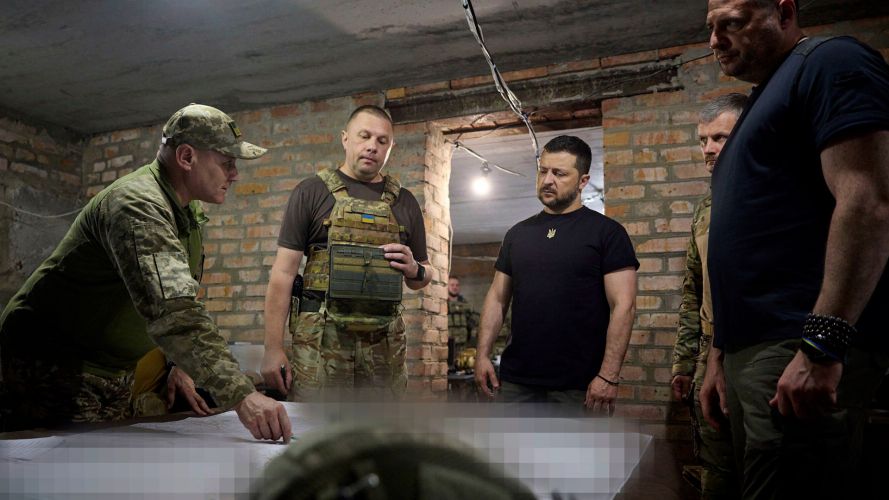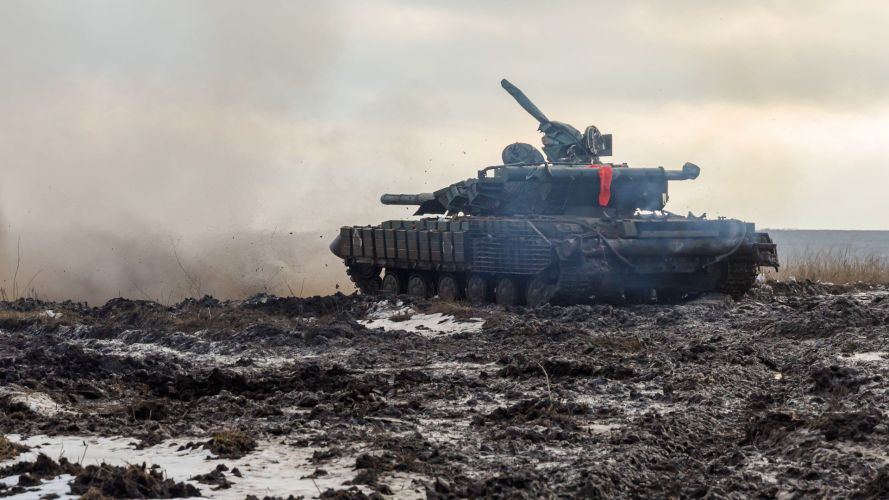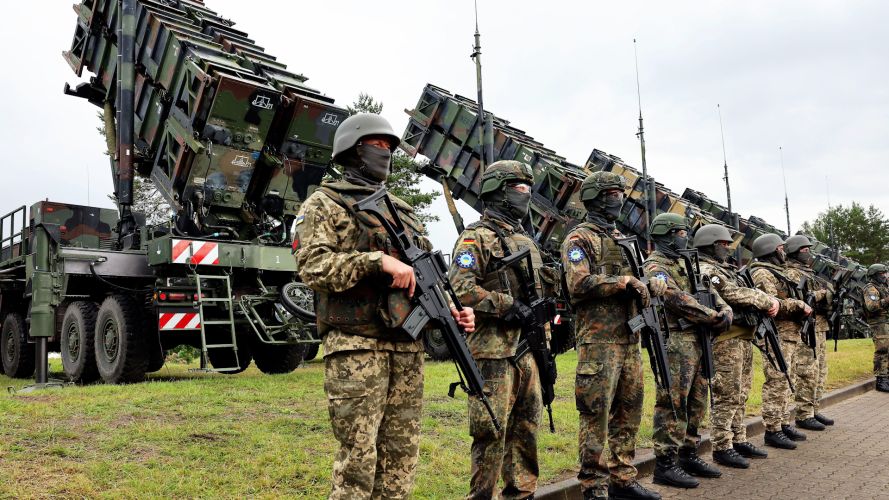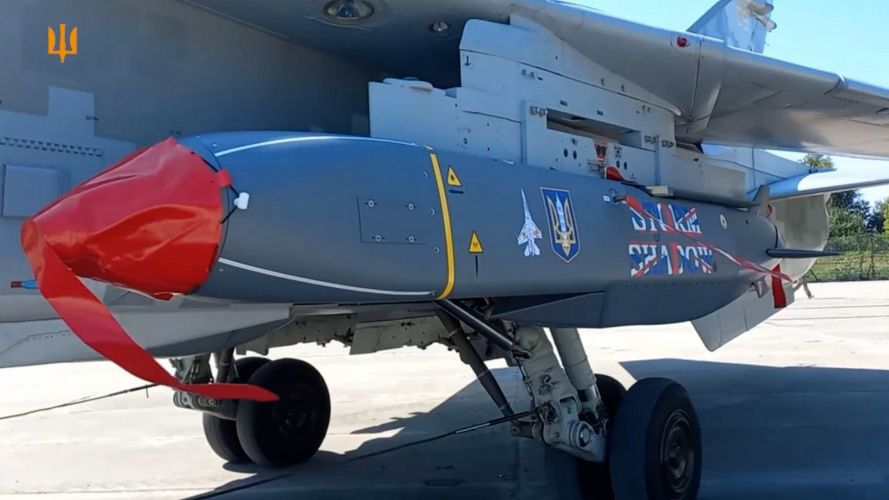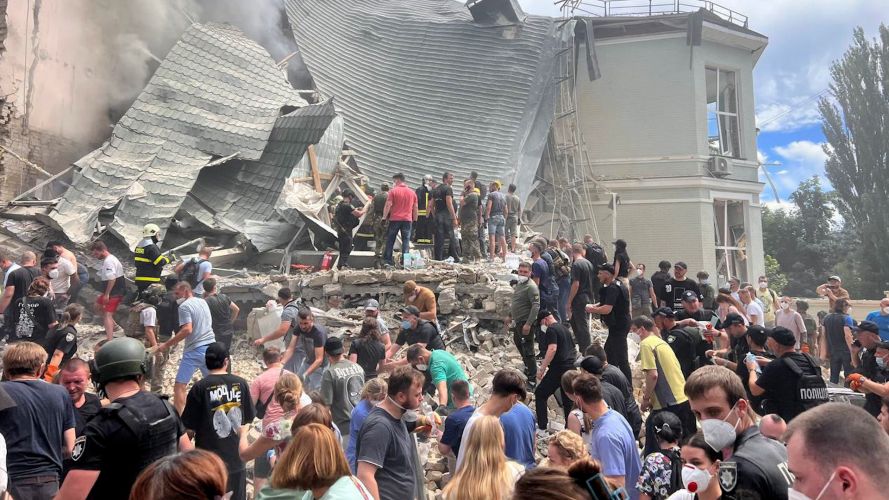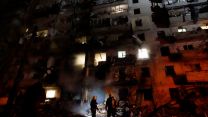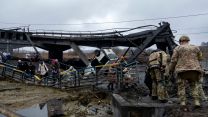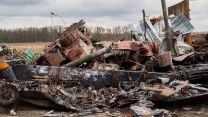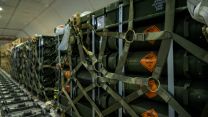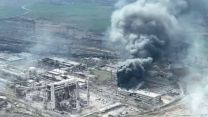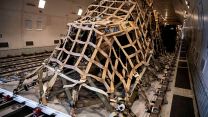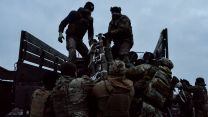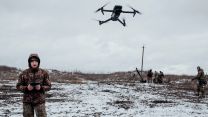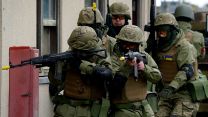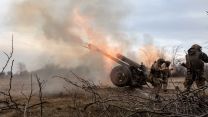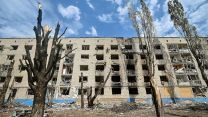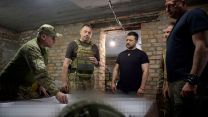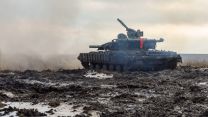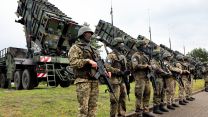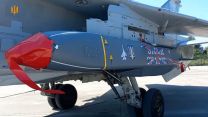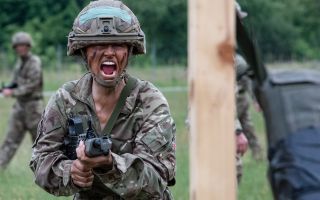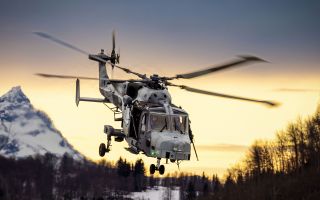War in Ukraine now stands at 1,000 days – and hundreds of thousands of casualties
One thousand days have now passed since Russian President Vladimir Putin launched his so-called special military operation in Ukraine.
Since then the frontline has barely moved – and every gain or loss on the ground has been paid for in blood following his attack on a sovereign nation.
The true cost of this ill-thought-out, tactically flawed and illegal invasion has been devastating for both sides.
For Russia, every day brings 1,271 casualties, with a total of 648,000 people being killed or wounded since the conflict began.
Other estimates put that figure even higher, at more than 700,000.
For Ukraine, US officials quoted by the New York Times estimate that its armed forces have suffered more than 70,000 dead and 120,000 injured.
And as of 31 July this year, Russia's targeting of Ukrainian cities, towns and villages has seen 35,160 civilian casualties.
But the real numbers could be higher.
There is a materiel cost as well.
According to the UK Ministry of Defence, the amount of Russian equipment destroyed includes 3,558 tanks, 147 helicopters, 132 fixed-wing aircraft, 1,750 artillery pieces and more than 8,500 armoured vehicles.
A total of 26 Russian vessels have also been destroyed or damaged in the Black Sea.
Iranian military aid to Russia has included the supply of hundreds of one-way attack drones, artillery munitions and extensive support to Russian domestic drone production.
Iran has also delivered Fath-360 close-range ballistic missiles to Russia.
Eight years of conflict prior to special military operation
But what led President Putin to order his forces into Ukraine in the first place?
A House of Commons research briefing paper points out that prior to the invasion, there had already been eight years of conflict in eastern Ukraine between Ukrainian government forces and Russian-backed separatists.
It notes that towards the end of February 2014, unidentified military figures, later confirmed to be Russian personnel, surrounded the airports in Crimea, a peninsula in Ukraine that had an ethnic Russian majority.
The Crimean autonomous assembly was seized by pro-Russian forces.
In March that year, the assembly issued a declaration of independence, and a subsequent referendum on union with Russia was held.
According to Russian electoral officials, 95.5% of voters supported a union with Russia.
However, the results of that referendum were not internationally recognised.
Since then, Russia has maintained its control over Crimea and supported pro-Russian separatist forces.
The separatists also took control of parts of the Donetsk and Luhansk regions of eastern Ukraine – known as the Donbas – in 2014.
The road to full-scale war
Fighting between Russian-supported separatists and Ukrainian government forces continued in the Donbas.
This was despite the negotiation of the Minsk Agreements in 2014/2015 which called for a ceasefire, the withdrawal of all foreign armed groups and constitutional reform recognising the special status of Donetsk and Luhansk.
The current conflict in Ukraine began on 24 February 2022 when Russian military forces entered the country from Belarus, Russia and Crimea.
In an early morning address – just before 03:00 UK time – on Russian state television, President Putin announced Russian forces would carry out "a special military operation" in Ukraine.
Ukrainian president Volodymyr Zelensky then made an urgent national address, introducing martial law, while urging people to remain calm. Ukraine's airspace was also closed.
Later that day Mr Zelensky decreed a full military mobilisation against the Russian military action.

